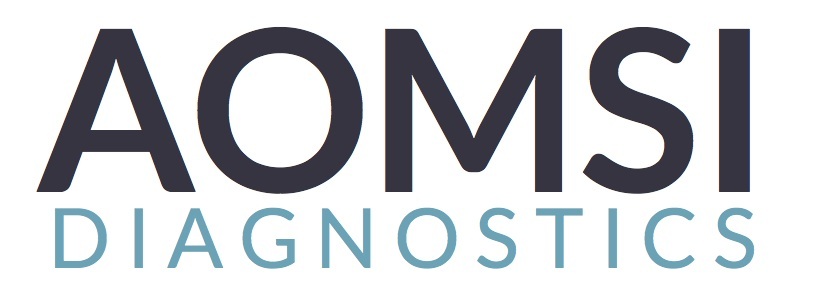What Are the Benefits of Vertebral Motion Analysis (VMA)?
Your spine is the central support system for your body. Treating spinal problems requires a complete understanding of the spine, not just how the bones look but how they work when you move.
In a traditional x-ray, you're not getting the whole picture. You're just getting a snapshot.
This is why vertebral motion analysis is so exciting. You can go deeper than just appearances and see how the spine works to offer real treatment solutions.
Still not convinced? Here are three benefits of vertebral motion analysis you can't afford to ignore.
Assistance Through a Full Spinal Bend
Vertebral motion analysis is a treatment breakthrough for people with all sorts of spinal injuries.
Many medical practices still rely on flexion-extension x-rays, an outdated method for examining the cervical and lumbar spine. Typically, patients are asked to bend forward and back. The idea is to capture how the spine moves.
The problem with traditional x-rays is that it only captures the beginning and end of the movement, losing a lot of critical data in between. In addition, traditional x-rays ask patients to bend freely. In other words, patients can bend as much (or as little) as they like.
If a patient is suffering from spinal issues or pain, they won't go through a significant range of motion. This alone will hinder the diagnostic effectiveness of the x-ray since the doctor can't see the spine move fully.
Vertebral motion analysis is exciting for a number of reasons. It captures the entire movement, from start to end, like a movie, giving doctors much greater diagnostic information.
It also assists patients through a complete spinal bend, allowing them to overcome natural cautiousness that comes with spinal pain while allowing the doctor to spot spinal instability.
Better Performance, Less Radiation
The benefits go well beyond capturing information an x-ray might miss.
You see, medical imaging isn't just about the information you get. What is sent into the patient's body is also a concern.
X-rays, CT scans, and nuclear imaging have revolutionized diagnostic treatment, often eliminating the need for invasive exploratory surgeries. However, medical imaging also leaves the patient at risk of ionizing radiation exposure.
If a patient needs ongoing diagnostics, the risks of radiation become ever more prevalent with each successive scan.
Vertebral motion analysis allows doctors to get more information with less radiation than a traditional x-ray. This way, they can provide a more complete diagnosis with reduced risk to the patient's health.
Do You Need Vertebral Motion Analysis?
If you're recovering from a spinal injury, we know that the process of taking control of your health is ongoing. It's often an uphill battle, and you need every tool at your disposal.
Vertebral motion analysis allows you to get better diagnostics for better recovery options. That's why we're proud to bring these innovations to our patients and give our patients the best chance of successful recovery.
Let us examine your life in motion – and give you the tools to live life to the fullest. If you'd like to schedule an appointment, get in touch today.


